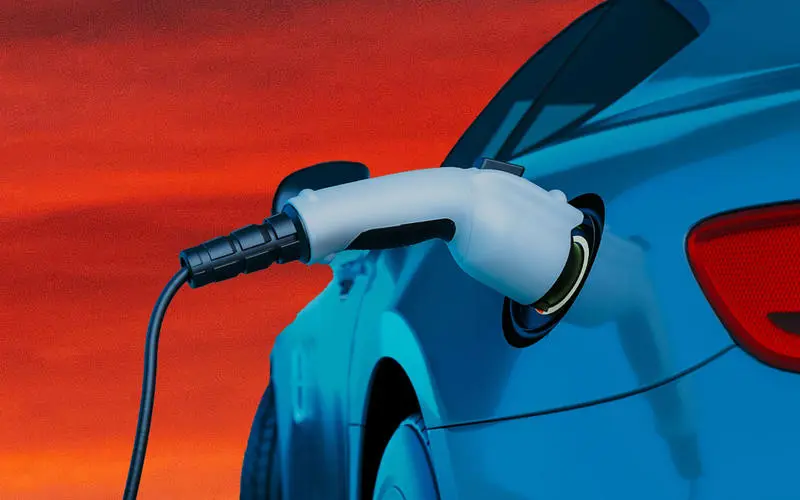
According to researchers from the National Renewable Energy Laboratory ( NREL ) of the U. S. Department of Energy, if zero-emission vehicles are adopted quickly, transportation greenhouse gas emissions will drop by 80 % or more by 2050 compared to the 2019 level.
After conducting thousands of computer simulations on the steps required to decarbonize passenger and freight travel, which are the main contributors to greenhouse gases, they argued in favor of adopting zero-emission vehicles.
Eliminating tailpipe emissions would be a key factor, even though they cautioned that no one piece of technology, policy, or behavioral change will be sufficient to achieve the goal on its own.
Chris Hoehne, a mobility systems research scientist at NREL and the study’s lead author, said,” There are reasons to be optimistic and some remaining areas to explore.”
However, there is significant uncertainty regarding upcoming electricity and transportation needs, and this original analysis helps to clarify the need for zero-emission vehicles.
Exploring decarbonization pathways for USA passenger and freight mobility is the title of a paper that was published in the journal Nature Communications.
25% of greenhouse gas emissions come from the transportation indusry.
According to Hoehne,” The transportation industry accounts for about a quarter of greenhouse gas emissions in the United States, and about two-thirds of all that is from private vehicle travel.”
The study demonstrates that the maximum potential for decarbonization in 2050 across the simulated scenarios is a startling 89 % reduction in greenhouse gases relative to 2019, or an 85 % reduction from the 2005 baseline.
The function of vehicles with zero emissions in the energy transition
Today’s majority of cars burn fossil fuels, but zero-emission cars rely on alternative energy sources like batteries or hydrogen.
In the US, transportation is the country that emits the most greenhouse gases, and it is also the region with the fastest global emissions growth.

The researchers examined 50 scenarios of profound decarbonization, demonstrating the necessity of both the quick adoption of zero-emission vehicles and the simultaneous switch to a clean electric grid.
Controlling travel demand growth, which would lessen the demand for fresh electricity, is also crucial. Measures to support the energy transition, according to the researchers, are the most active variable in reducing overall transportation-related emissions.
Addressing the demand for improvements in green transportation
More than 2, 000 simulations were carried out by the researchers using the Transportation Energy &, Mobility Pathway Options ( TEMPO ) model to ascertain the requirements for decarbonizing both passenger and freight travel.
In order to safely transition passenger and freight systems to a green future, the study examines changes in technology, behavior, and policies.
Policy changes might necessitate new regulations that encourage the use of energy and zero-emission vehicles, for instance.
Technology solutions will require ongoing improvements in a variety of fields, including batteries, fuel cells, and lasting biofuels.
Fresh transportation solutions are now more important than ever, according to Matteo Muratori, manager of the Transportation Energy Transition Analysis group and TEMPO model architect. This is because of new technological advancements and the urgent need to address both climate crisis and air quality issues.









